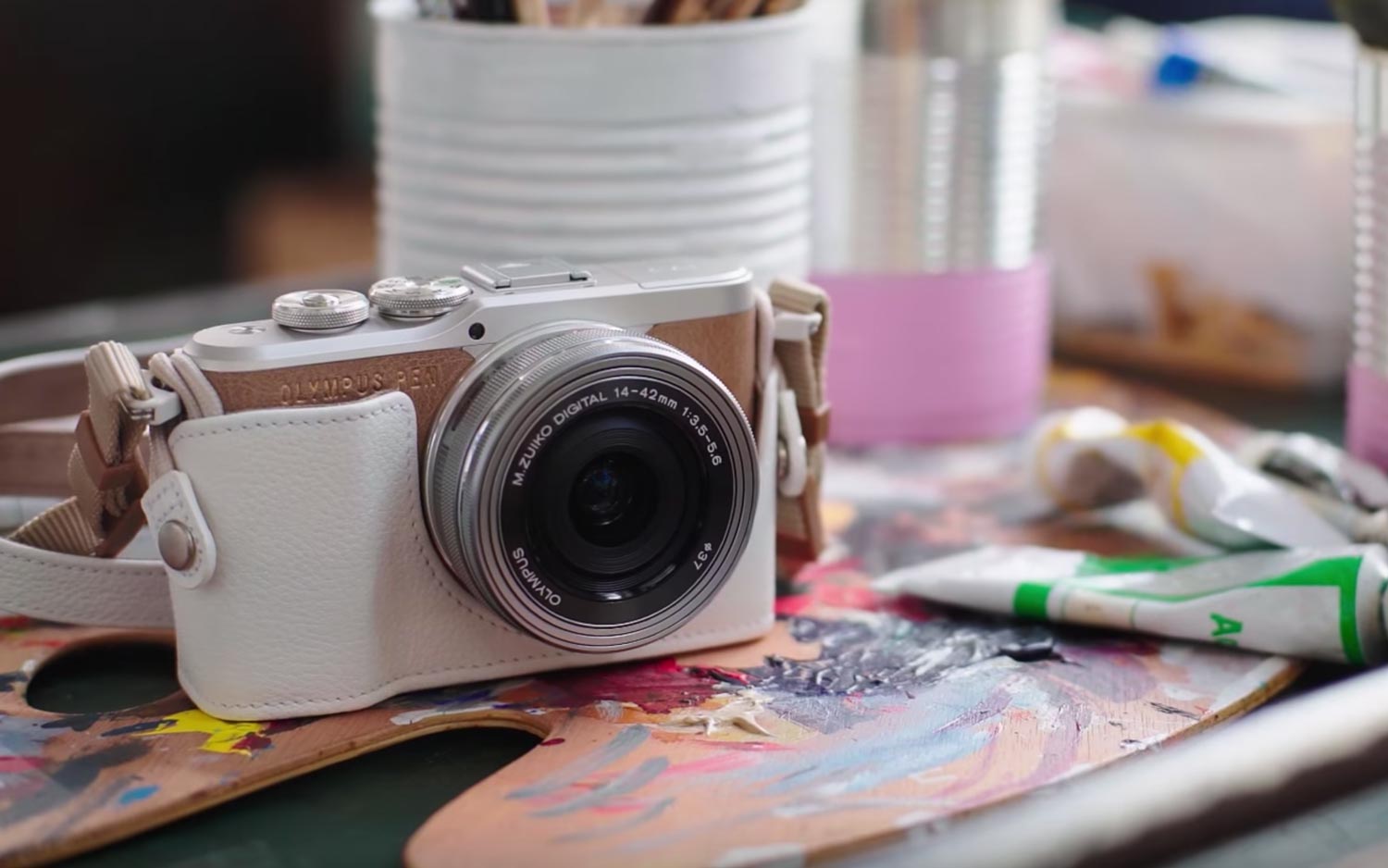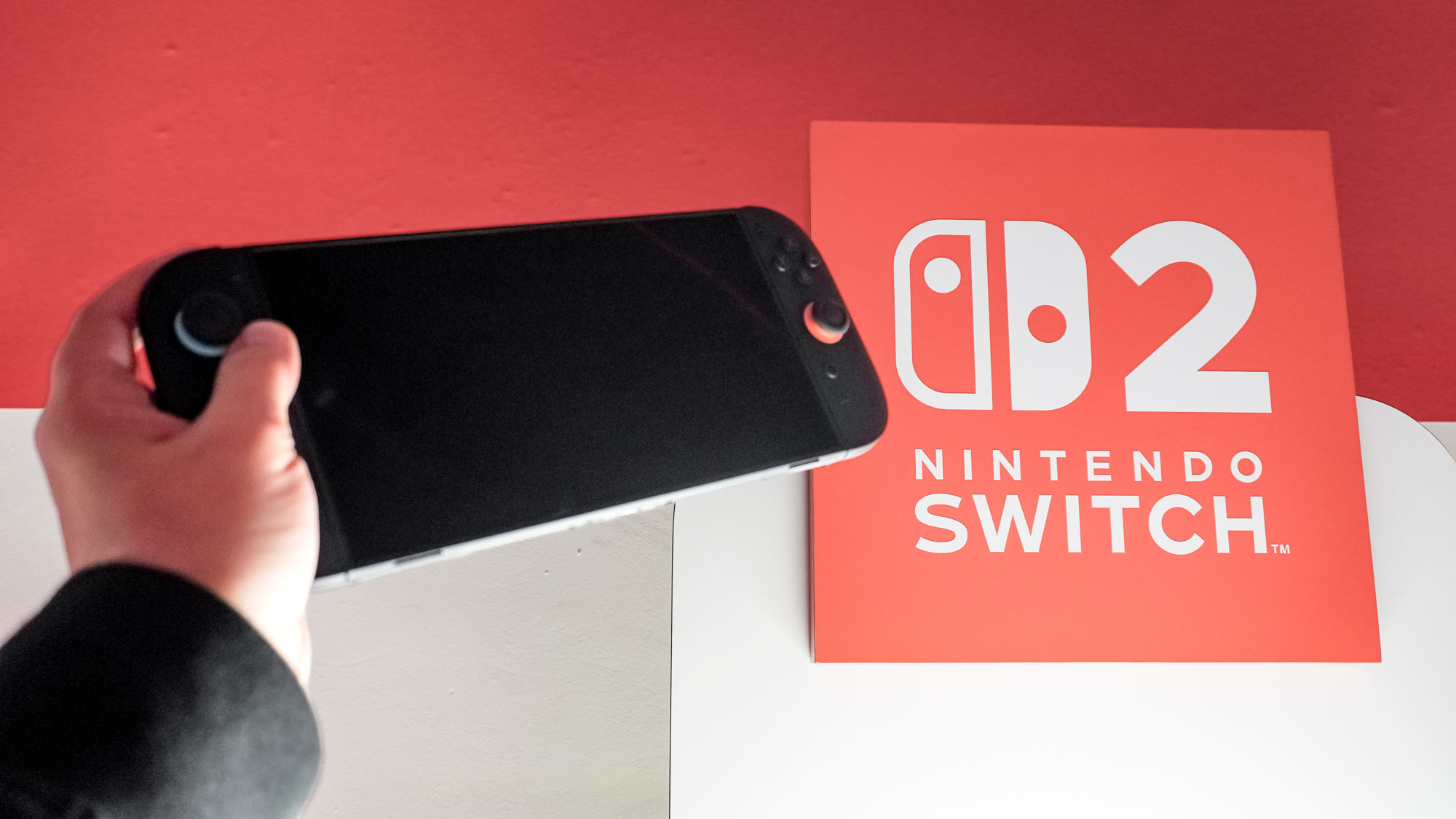Tom's Guide Verdict
The Olympus PEN E-PL9 is a good mirrorless camera for those graduating from smartphone photography.
Pros
- +
Thin, nicely designed 3x optical zoom lens
- +
Shoots 4K-resolution video
- +
Relatively inexpensive
- +
Includes a built-in flash and hot shoe
- +
App comes with basic, but useful how-to videos
Cons
- -
No electronic viewfinder
- -
Wi-Fi setup was a bit confusing
- -
Touch-screen LCD doesn't swing out to side
- -
Small grip
Why you can trust Tom's Guide
The Olympus PEN E-PL9 is inexpensive and portable, ideal for shooting travel and street photos in all kinds of light, like this shot. It lacks a viewfinder, though. So, you need to rely on the display, which can get washed out in bright light.
The first mirrorless mirco-four-thirds mirrorless cameras from Panasonic and Olympus arrived about 10 years ago and significantly changed the higher-end camera market as truly viable alternatives to shooting with bulker DSLRs. Olympus' latest, the PEN E-PL9 ($599; body only), is a 16-megapixel entry-level mirrorless camera for novices looking to step up from a point-and-shoot or smartphone, and it keeps the same styling as its first model, including a retro camera-body design.
This latest iteration strikes a nice balance between offering easy-to-use, physical controls while also keeping its size compact and folding some features into the menu. And while it doesn't match the quality and versatility found on the top models in its class, it's quite capable, rich with features and enjoyable to use.
Design, Controls and Features
The Olympus PEN E-PL9 measures 4.6 x 2.7 x 1.5 inches and weighs about 13.4 ounces (without its kit lens, but with the included rechargeable battery). It's a tiny bit smaller than the Sony A6000 (4.75 x 2.88 x 1.87 inches), but the Sony is a tad lighter, at 12.1 ounces. If you're looking for a more compact model, consider the Canon EOS M100, which measures 4.3 x 2.6 x 1.4 inches and is about 9.4 ounces.
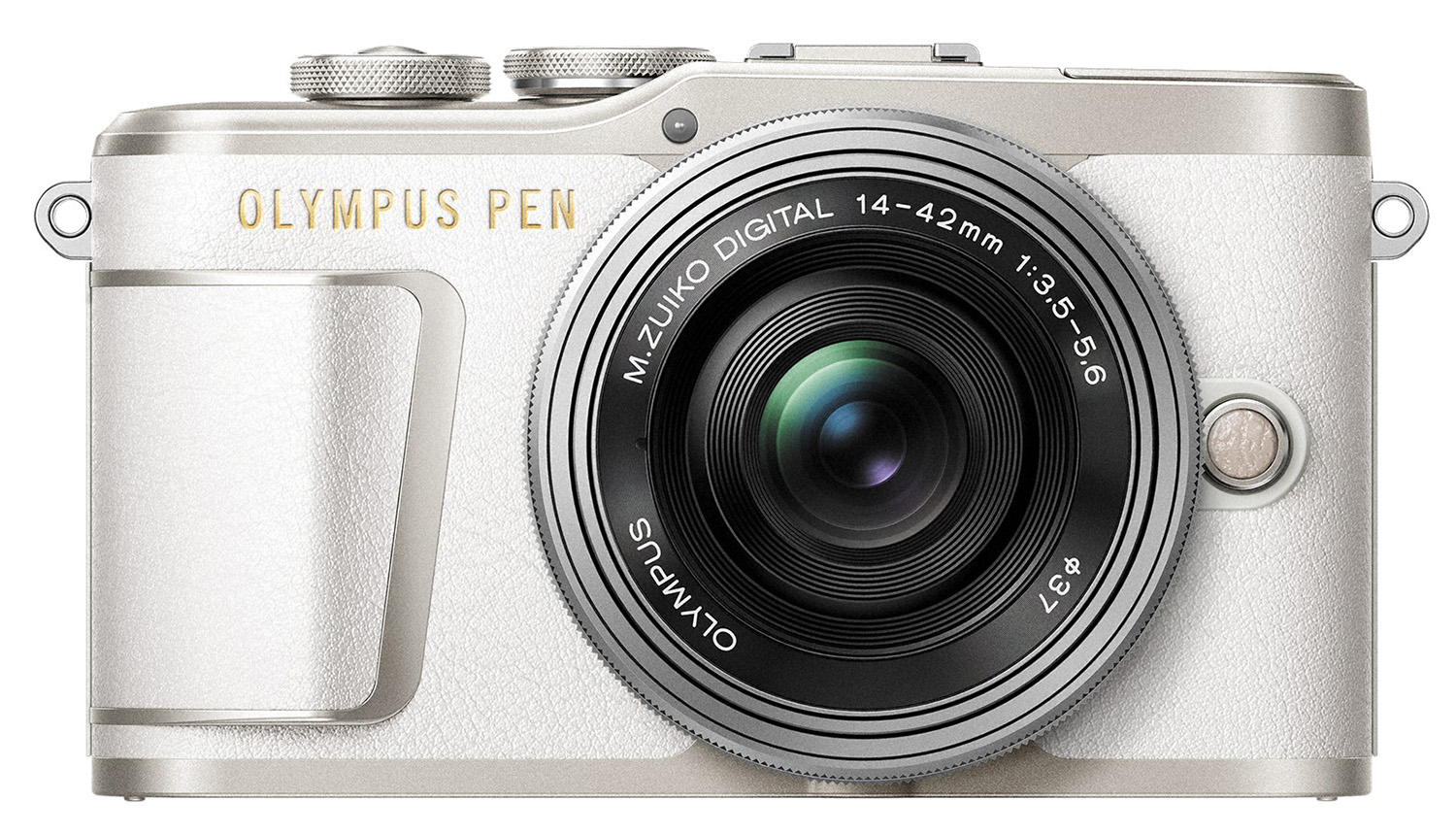
Some may find the textured feel of the Olympus appealing, but it lacks the more prominent grip found on the Sony A6000 or A6500, which can make it harder to take stable handheld photos and video, especially when shooting at slower shutter speeds.
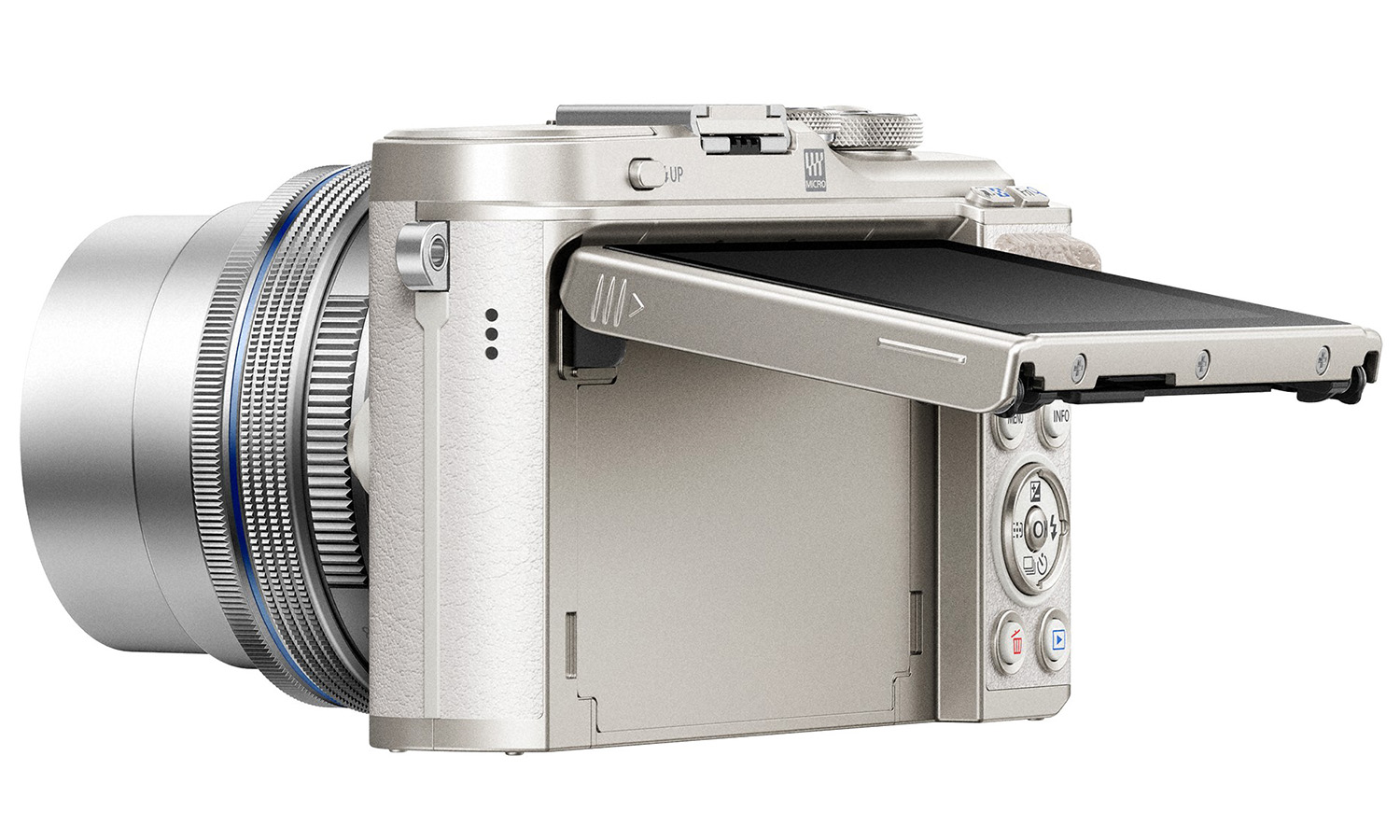
The E-PL9 includes a swiveling touch-screen LCD that's very bright and crisp, and doesn't get choppy in low light. However, it doesn't swing out to the side like A6000's display, which is easier to adjust. Also, when shooting selfies with the E-PL9, you'll need to fold the LCD down, which means you can't place it on a table and use a timer. Even if you put it on a tripod, part of the display will be blocked by the tripod itself. That's just poor product design.
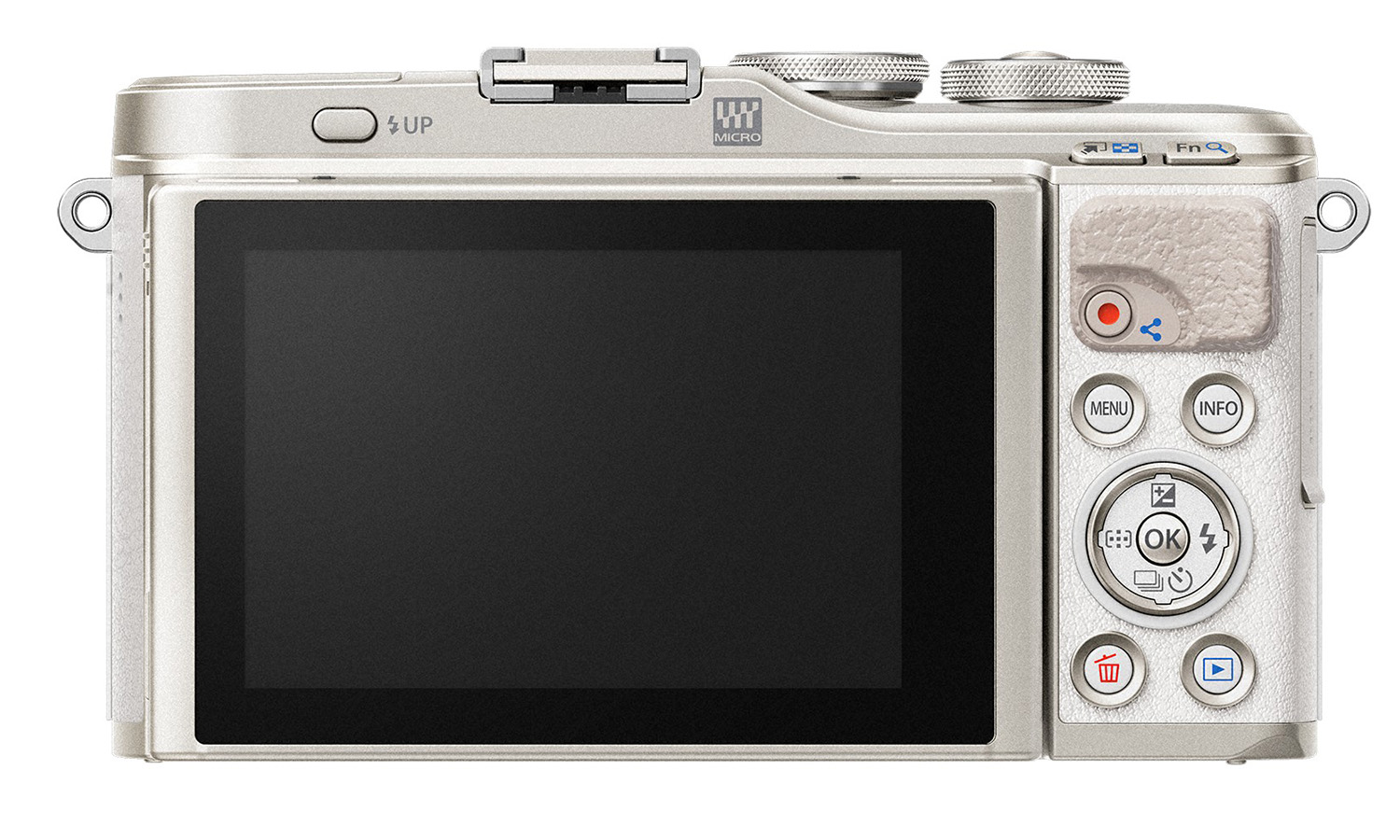
Like most entry-level models — including the Sony A6000 — E-PL9 lacks a viewfinder, crucial when shooting in bright outdoor light, since sunlight can wash out the display. However, unlike the Canon EOS M100, the Olympus includes a hot shoe for an external strobe, which can improve your flash photography. It also comes with a dedicated video button, located conveniently just above the menu button on the back to the camera.
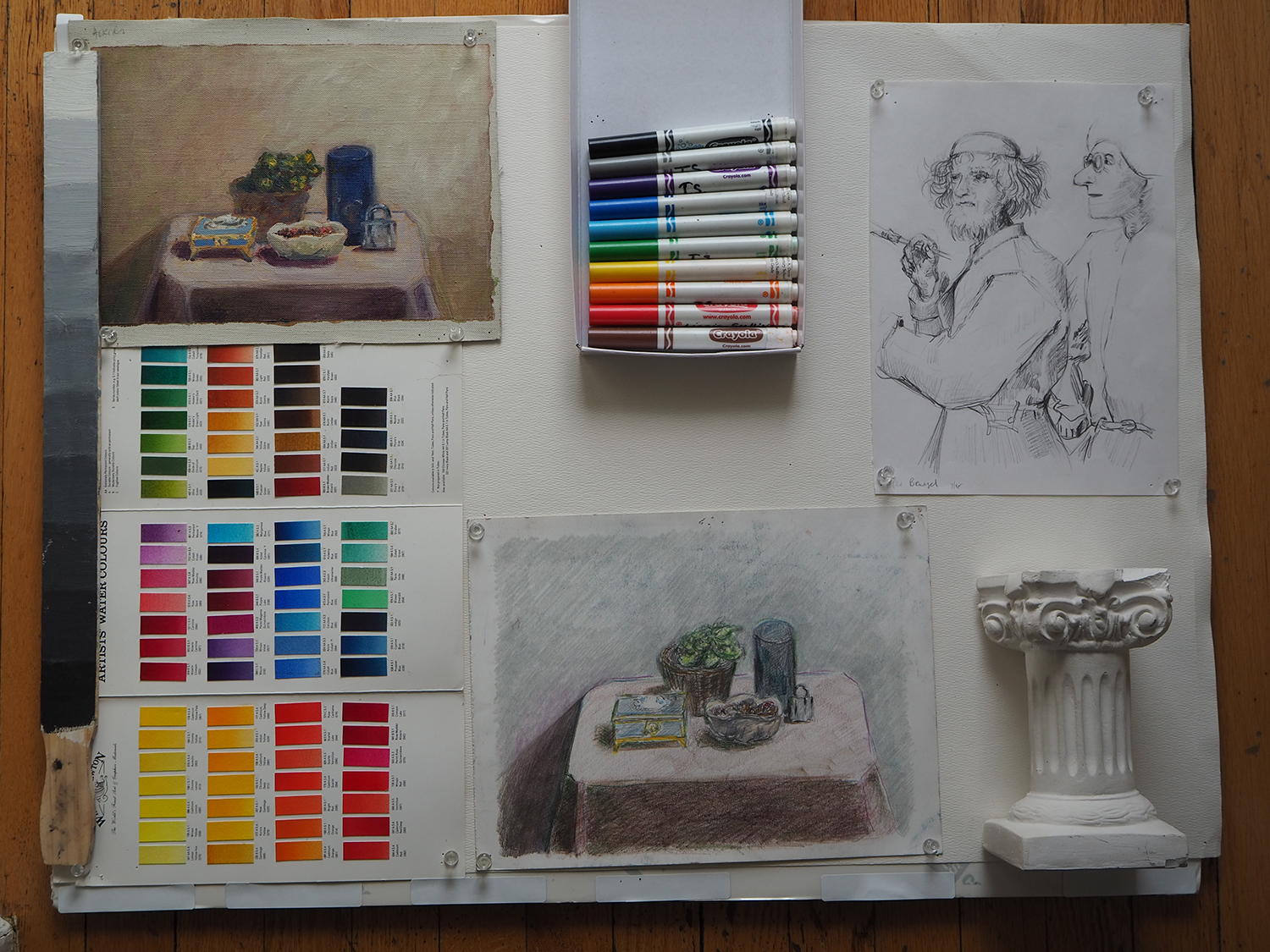
Image Quality and Performance
The lens that comes with the E-PL9, the M.Zuiko 14-42mm F3.5-5.6 EZ, is very compact and nicely designed. It's also motor-driven, which means that when shooting video, you can zoom in and out of a scene much more smoothly than a lens that has a manual zoom. It's not the brightest lens, though; it struggled somewhat in low-light settings.

In our bright-light test photo, the E-PL9 did a good job. Colors were vibrant, and overall tonal balance looked very good. However, in examining the details, subjects that were sharp in the center of the image were softer toward the edges. This happens with all lenses to some degree, particularly cheaper kit lenses. But I found this problem was a tad more prominent in Olympus' power-drive lens than on other mirrorless models. (A better lens should minimize this problem.)
Colors were vibrant, and the overall tonal balance looked very good, but details were softer towards the edge of images.
In low light, the E-PL9 had very good saturation and colors were accurate. It kept most of the tonal qualities found in the bright light image. I did, however, find both the low-light image and the converted RAW file to have more noise than on competing models, such as the Canon EOS M100.
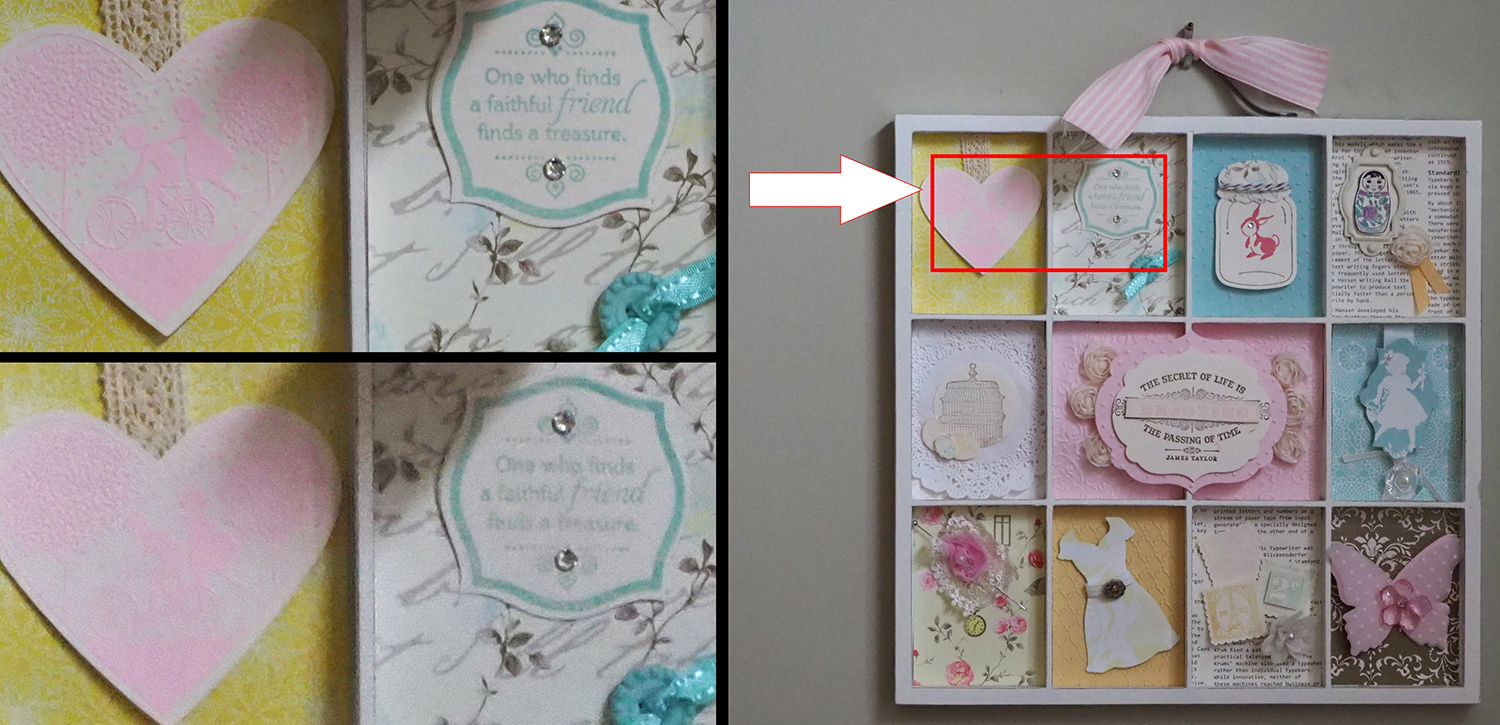
As you can see, the prominent pattern of grain competed with the subtle details, which means up close, the pattern of image noise makes subtle details less sharp (see the close-up comparison of the red color swatches, shot at ISO 200 and ISO 6,400 ). Consequently, you should avoid pushing the ISO above ISO 6,400. (The ISO range is ISO 200-6,400, but you can expand it to as low as ISO 100 and as high as ISO 25,600.)
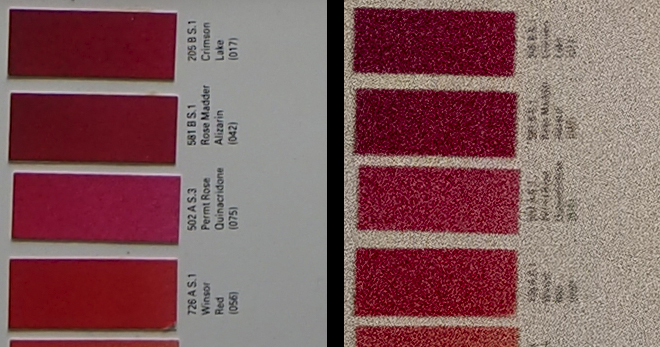
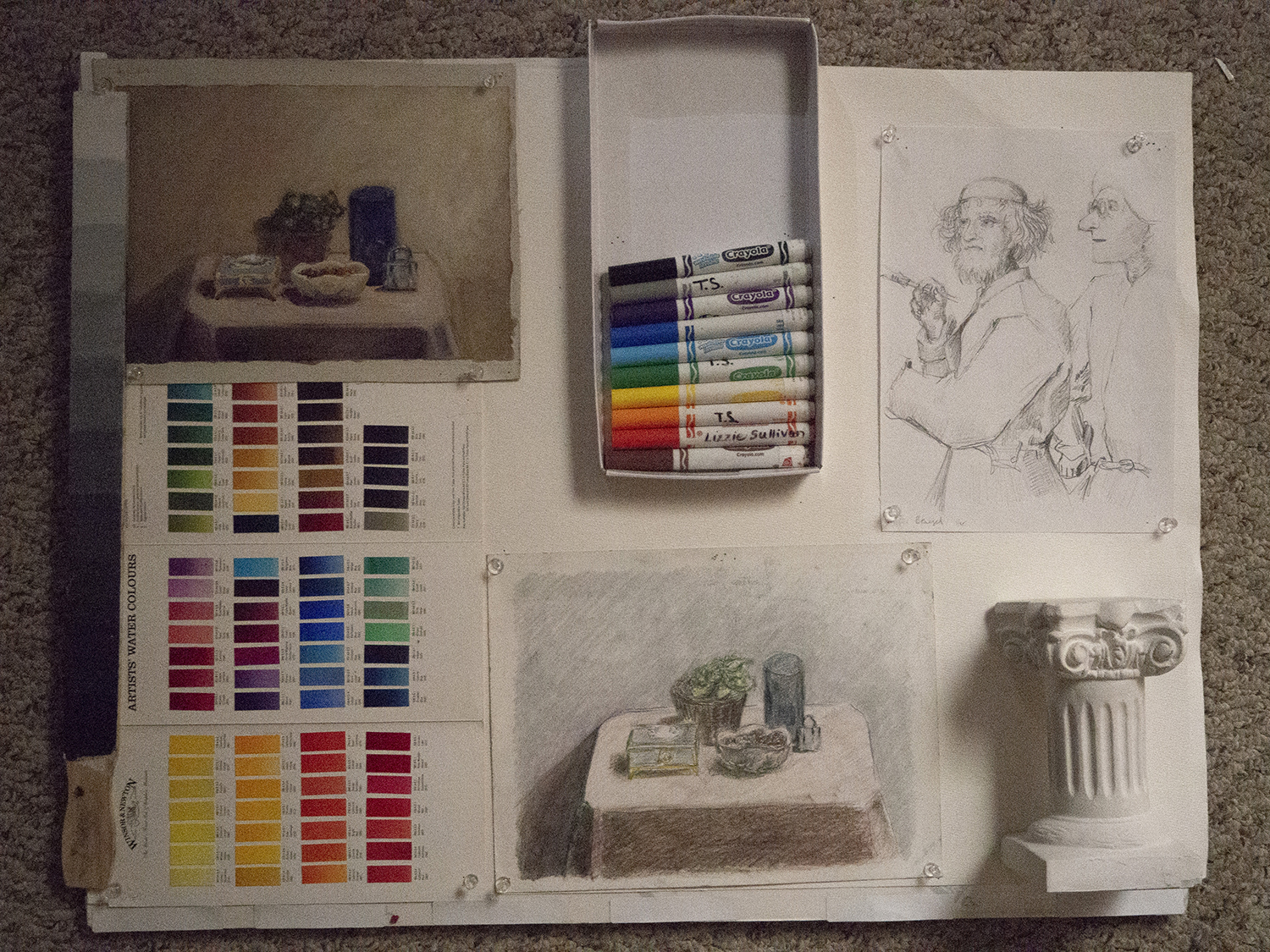
Although the E-PL9's onboard popup flash doesn't allow you to angle it in various directions to bounce the light off a ceiling or wall, like you can with the flash on the Fujifilm X-E3, it still offers lots of control over the amount of illumination you use, as it can be set from full strength to 1/64h power. The position of the popup flash on the camera body, though, will produce red-eye in some instances.
MORE: Best Mirrorless Cameras From Beginner to Pro
In general, I found the camera's menu system to be adequate, although its design and organization could be more consistent.
Video Quality
Most new mirrorless cameras can shoot 4K-resolution video (like the Sony a6300 and a6500), and the E-PL9 is no exception. It can also shoot high-frame-rate video at 120 frames per second (fps), for slow-motion quality, but only at 720p. By comparison, the Sony A6500 can capture 120 fps1080p.
In the 4K video clips I shot, I found color, contrast, image detail and audio to be quite good. In general.
Another nice extra is the E-PL9's time-lapse feature. It lets you choose whether you want to record only still photos or record both still photos and allow the camera to produce a movie from those photos. Overall, I was impressed with the PEN E-PL9's variety of video options.
In the 4K video clips I shot, I found color, contrast, image detail and audio to be quite good. In general, I was happy to see the camera quickly changed focus points when I pointed it at different subjects on the streets of New York City. It was also responsive to changes in lighting. I even enjoyed applying some of the various special-effects filters to my video clips.
Another powerful feature on this PEN camera, which helps improve your video footage, is image stabilization: This PEN includes 3-axis mechanical, or body-based image stabilization, which means it will be effective, at least to some degree, with all interchangeable lenses. However, it's generally not quite as robust as optical, or lens-based, IS, which is tailored to specific lenses. (Digital IS is the least effective.) Still, the E-PL9's IS system worked well on my video clips.
Other Camera Features
The burst modes worked quite well, too, allowing me to capture as many as 8.6 frames per second. The camera also features a large selection of filters, scene modes and advanced photo modes, which can make your images look like grainy film shots or snazzy high dynamic range images. And many of these modes can be used when capturing video.

One mode I was very impressed with is Keystone Compensation, which allows you to increase or decrease trapezoidal distortion and straighten out tall buildings. It’s very effective, particularly for shooting cityscapes.
Wireless Sharing
The Olympus wireless mobile app, Olympus Image Share, mostly worked as expected. Once you go through the initial setup (there were a few hiccups in connecting my phone and camera), you can simply touch an icon on the camera's touch screen to enable the Wi-Fi connection. Once connected, the app let me operate the camera remotely from my smartphone, take photos and video, and adjust exposure modes, settings, burst modes, ISO, art filters and scene modes. It was also easy to import photos and video from the camera to my phone.
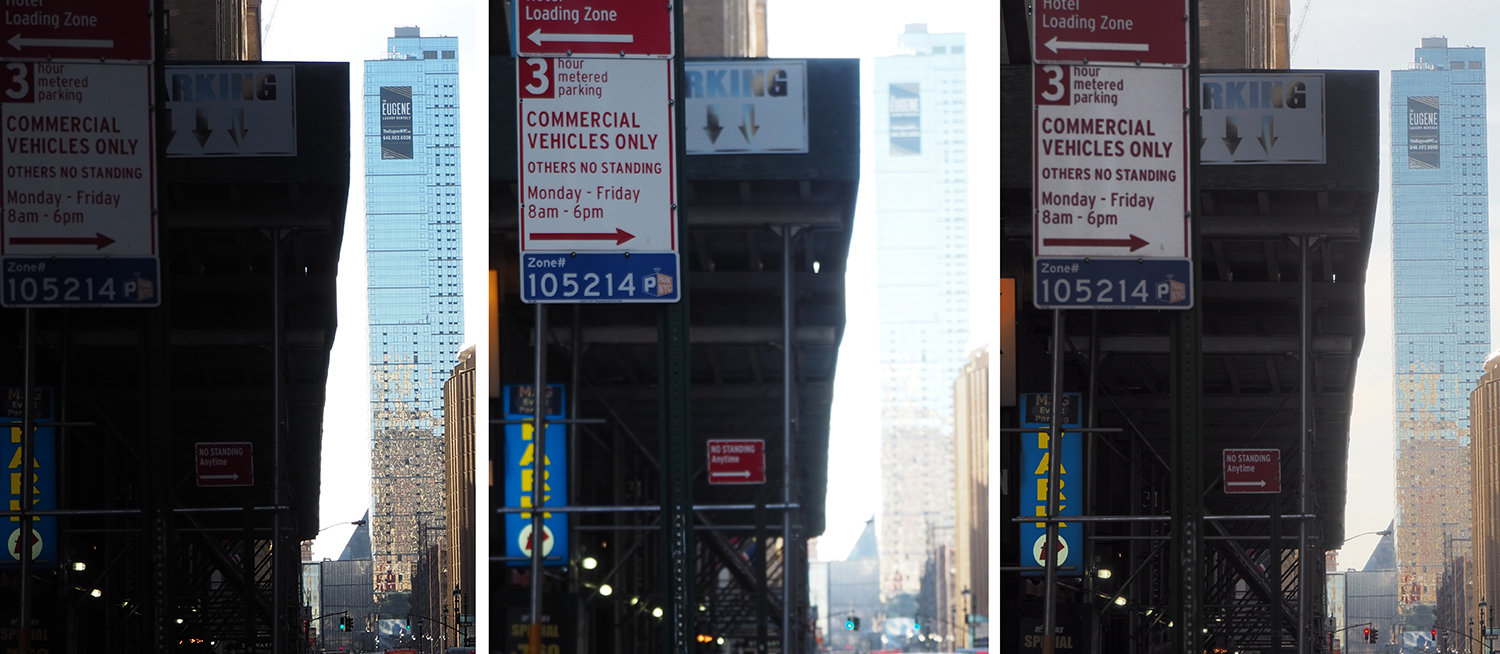
I wasn't wowed by the app's design, but it worked well enough. I did like the easy-to-follow how-to videos, like how to take a beautiful selfie, which are helpful, particularly if you've never used an interchangeable-lens camera.
Battery Life
For still photos, Olympus claims the PEN E-PL9 captures 350 shots in standard mode (according to CIPA standards), just shy of what you can capture with the Sony a6000 (360 shots per charge). For video, the Olympus can shoot video for 140 minutes per charge (when zoom and other operational functions are not used) or 80 minutes (according to what Olympus claims is standard JEITA testing). In both cases, my experience using the E-PL9 roughly matched these battery life claims.
Lenses
Because Olympus and Panasonic introduced cameras and lenses for their systems so early, and because the brands are compatible with each other, there is a large selection of lenses to choose from for the E-PL9. As with all micro-four-thirds cameras, the magnification factor is 2x, which means that a 14mm lens will be cropped, which makes it appear as a 28mm lens.

In addition to all of Olympus' lenses, the E-PL9 is also compatible with any Panasonic MTF lens. In other words, all mirrorless MTF cameras are compatible with both Olympus and Panasonic lens systems.
Bottom Line
Competition remains fierce in the mirrorless-camera market, which is good news for consumers, since cameras like the E-PL9 will offer a lot of value for the money. It shoots very good stills and videos, although it's challenged in low light and the images are a tad soft at the edges. But it comes with lots of modes and filters, which are both fun and creative.
MORE: Camera Recommendations for All Kinds of Photographers
This Olympus doesn’t quite match the power, quality or versatility of the Sony A6000 or A6500. However, if you're a novice, the E-PL9 mirrorless camera can get you shooting better photos and videos quickly.
Credit: Terry Sullivan/Tom's Guide
Terry Sullivan is an experienced technology journalist who has covered consumer electronics including cameras, smartphones, audio tech and software among many other things. His work has appeared in the likes of Consumer Reports, PCMag, Lifehacker, and the New York Times and he is also a teacher, photographer, artist, and musician.
